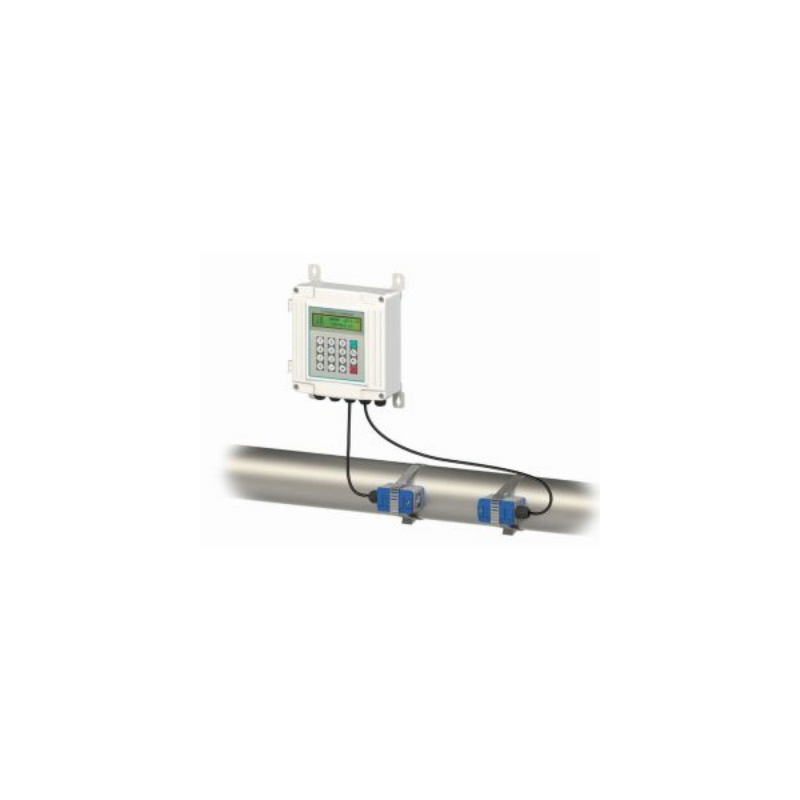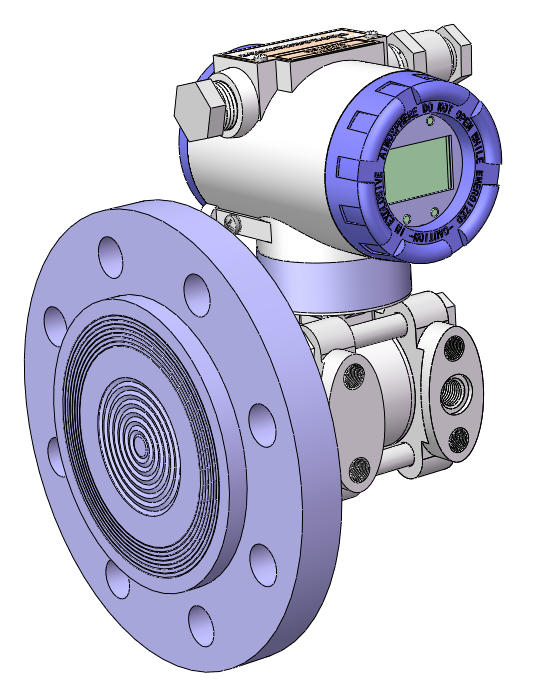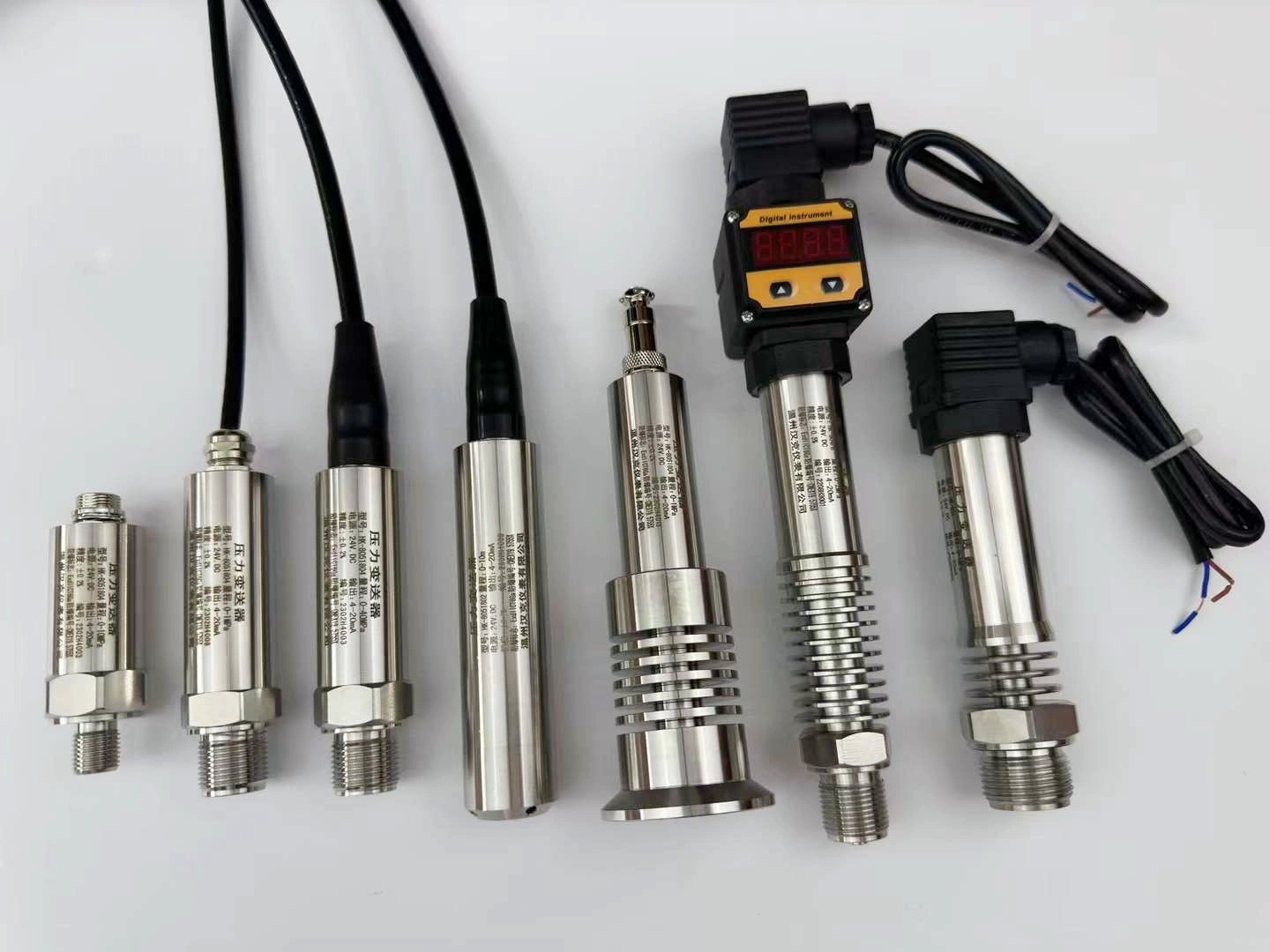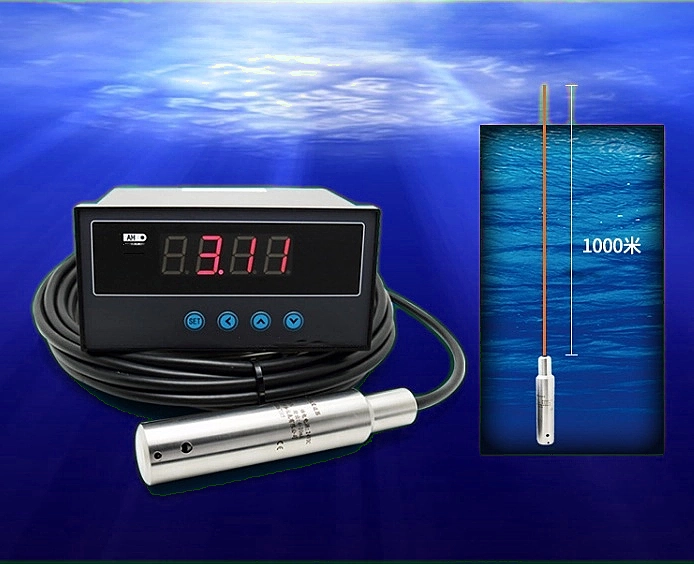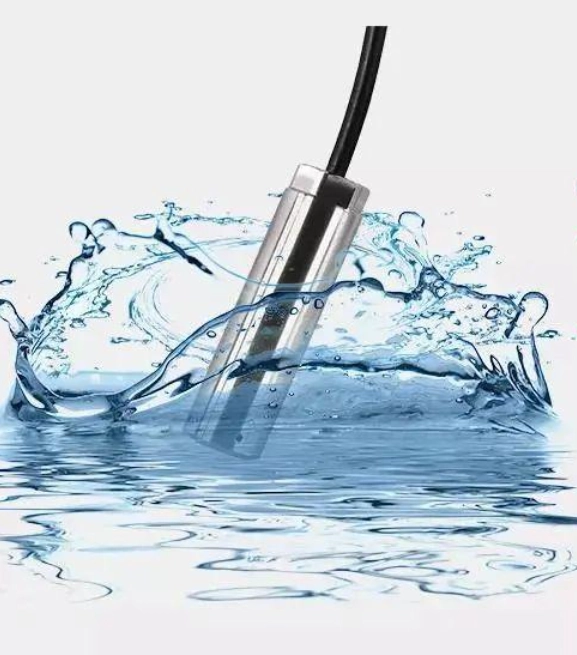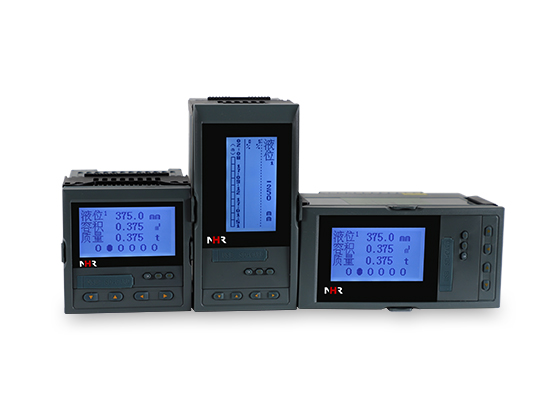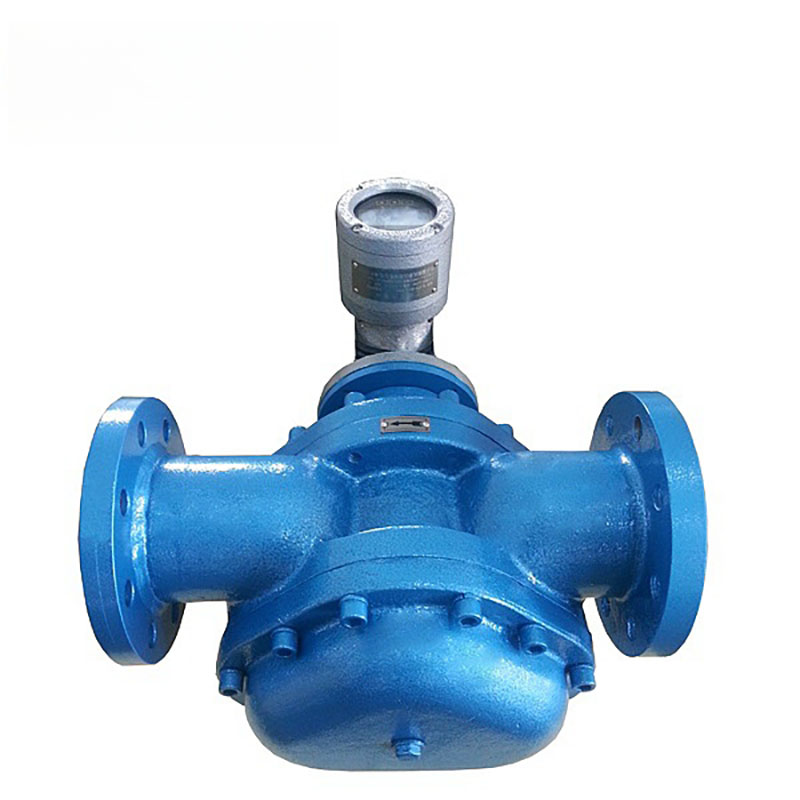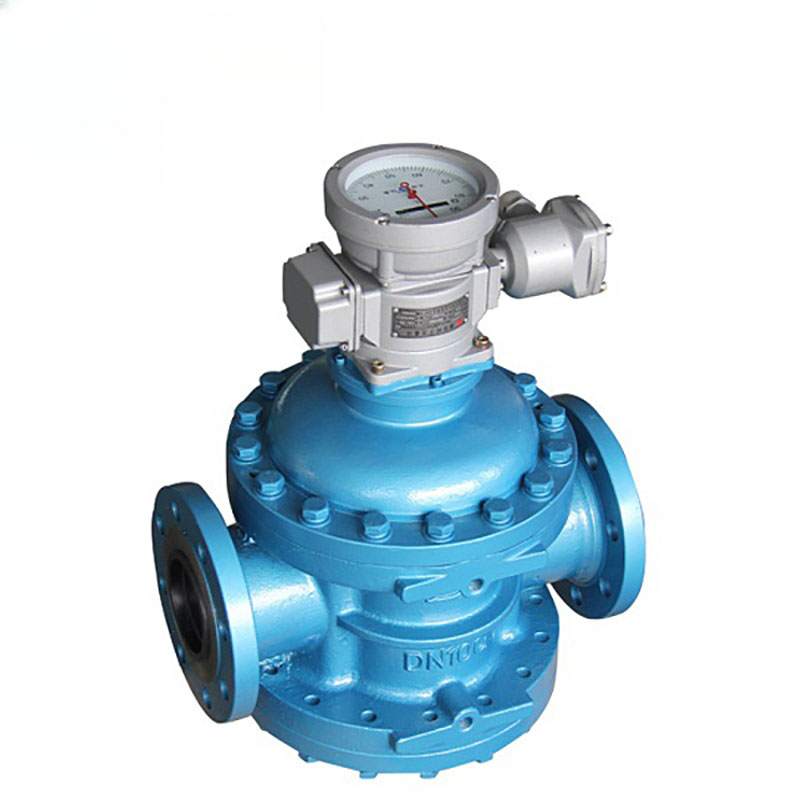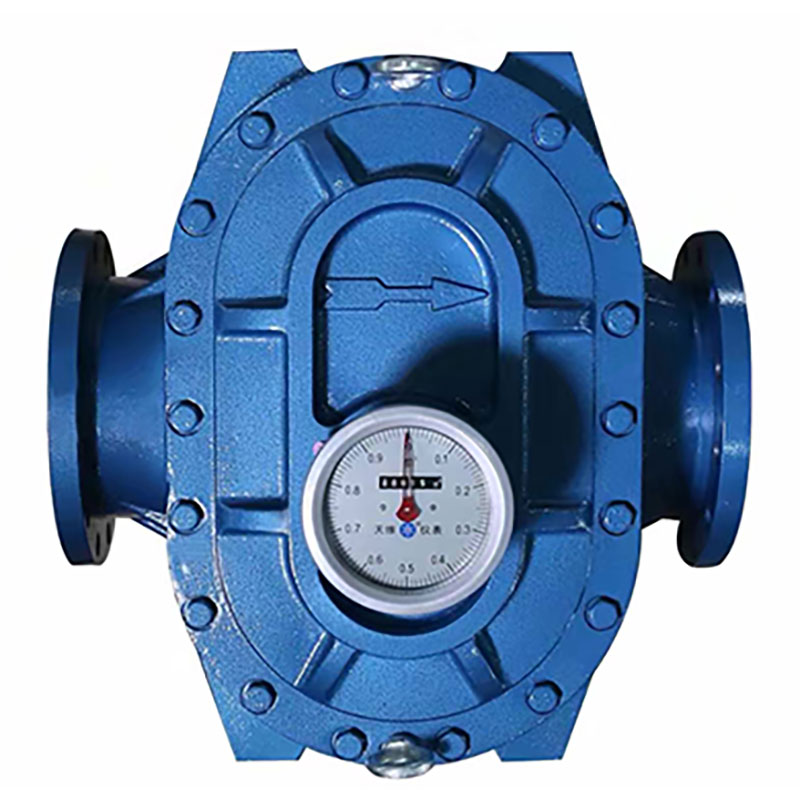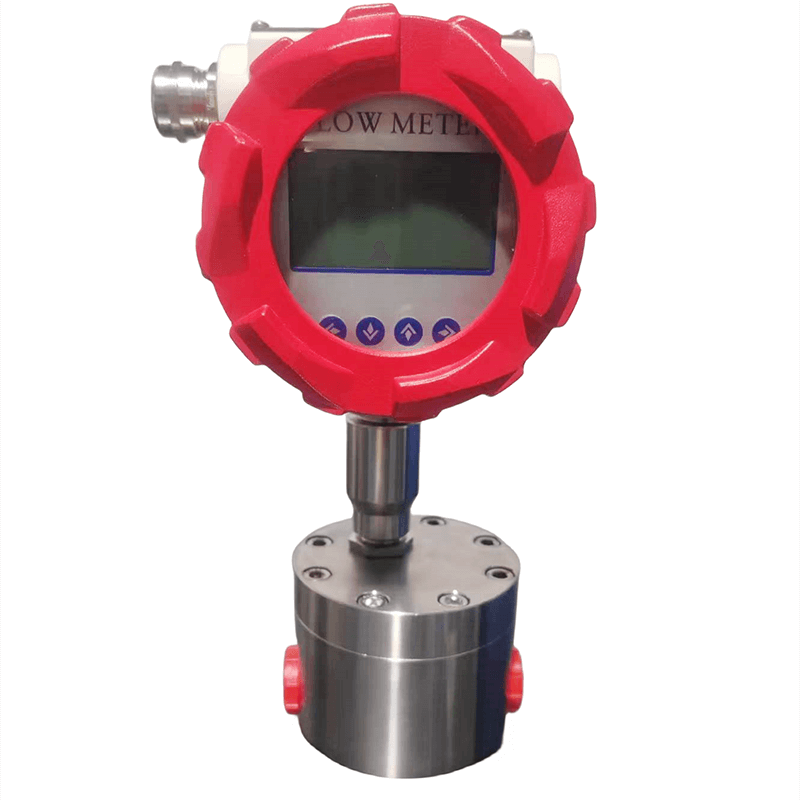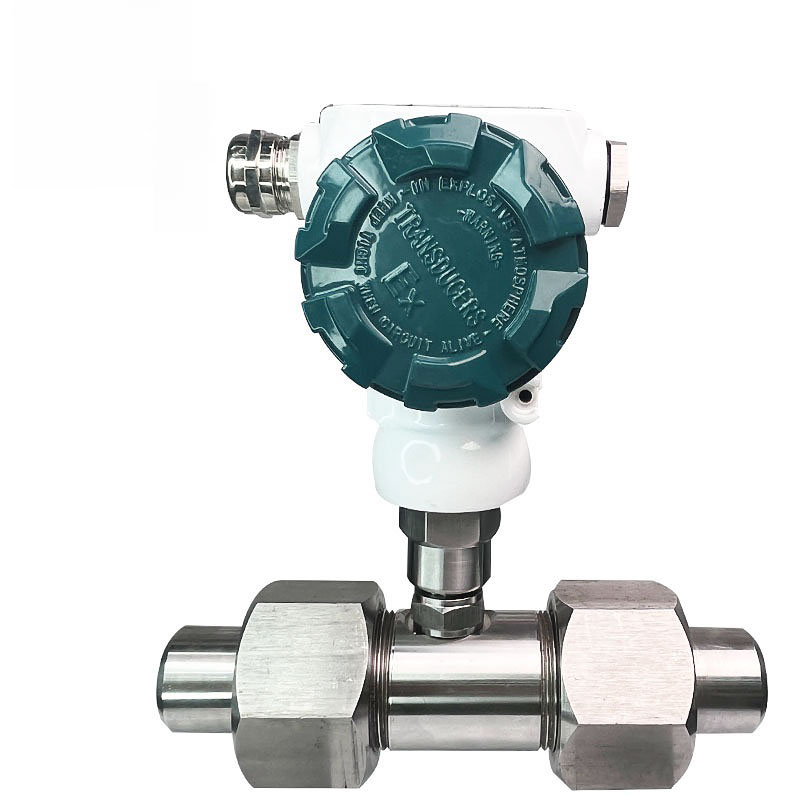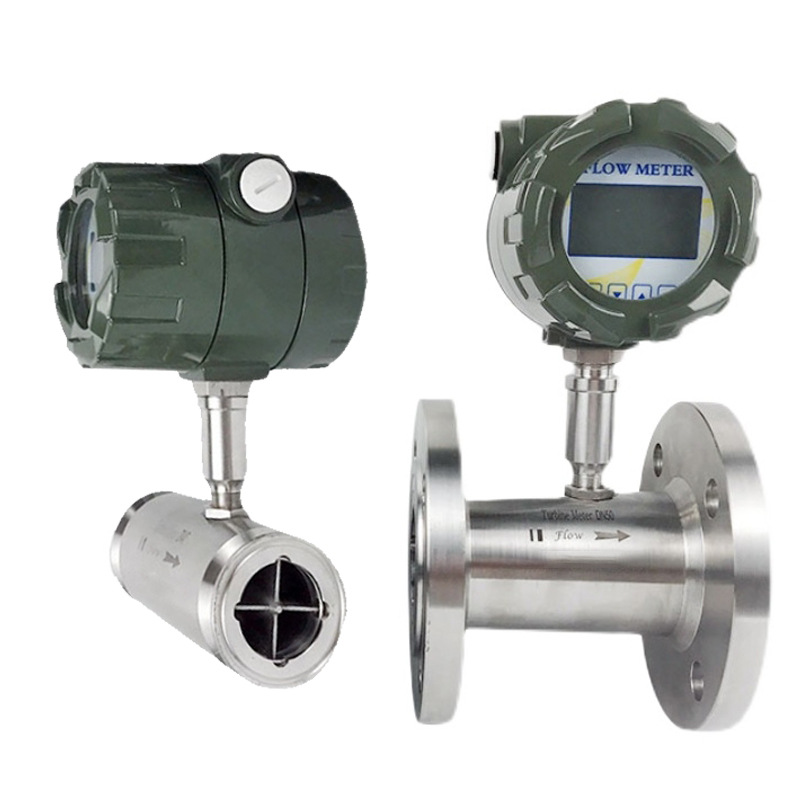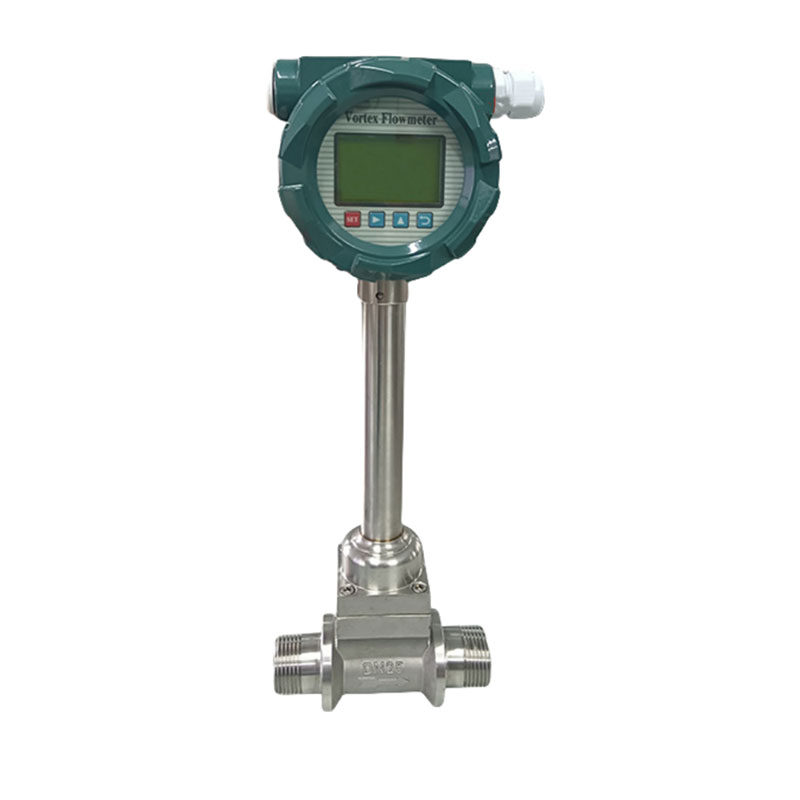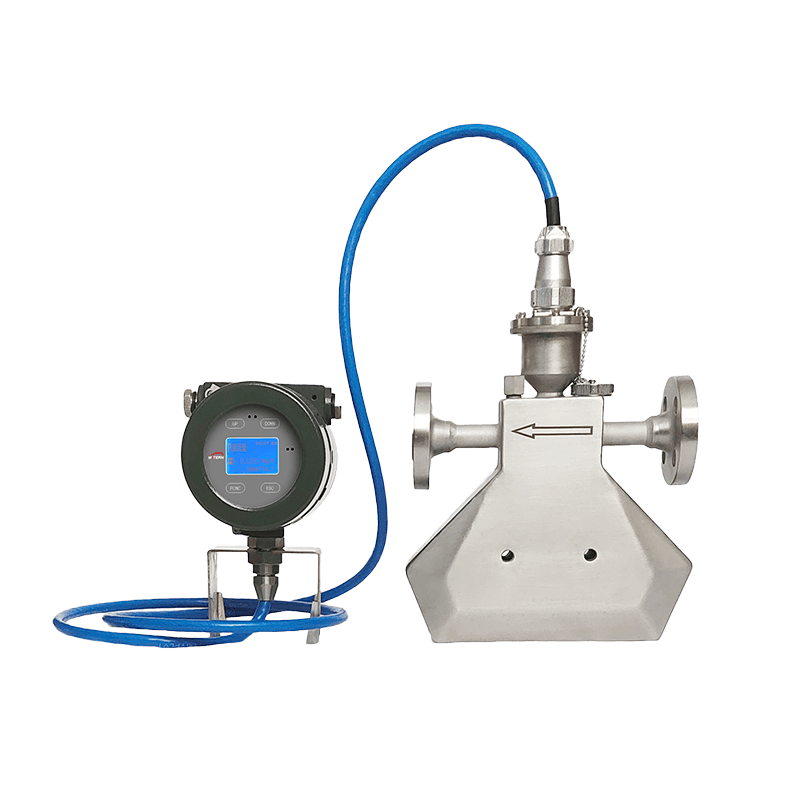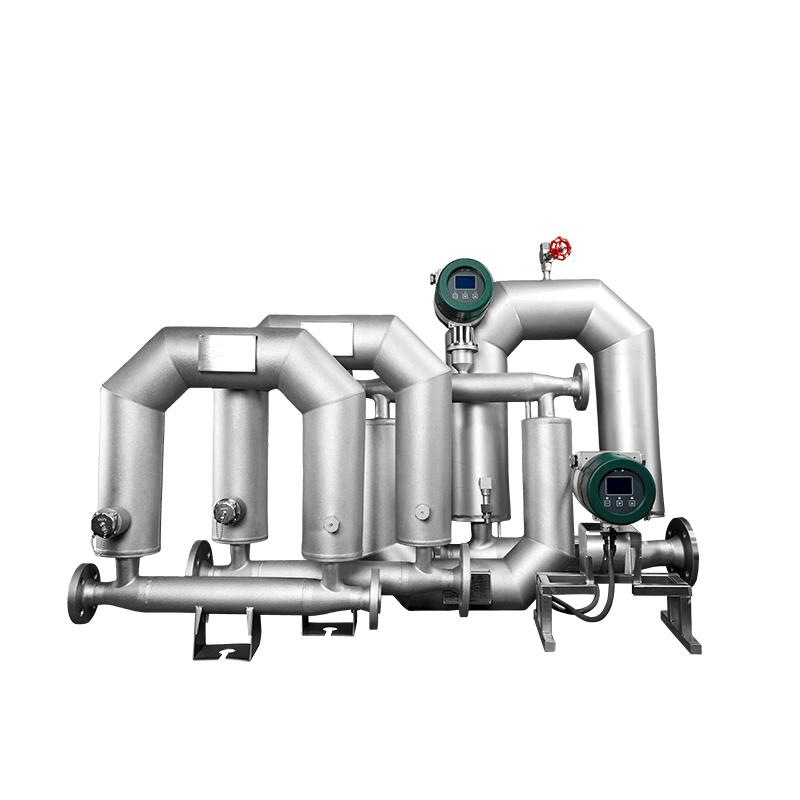What is Heating Oil?
Heating oil, also known as heat carrier oil or thermal medium oil, is a special heat transfer medium used in industrial and commercial applications. It is usually made of synthetic or refined petroleum products. Its main function is to heat or cool a system or equipment by conducting heat. It has excellent thermal and chemical stability, enabling stable and efficient temperature control.
The main function of Heating oil is to transfer heat in a heating system. Heating oil is widely used in industries such as chemical, petroleum, plastics, rubber, textile, food processing and wood processing.
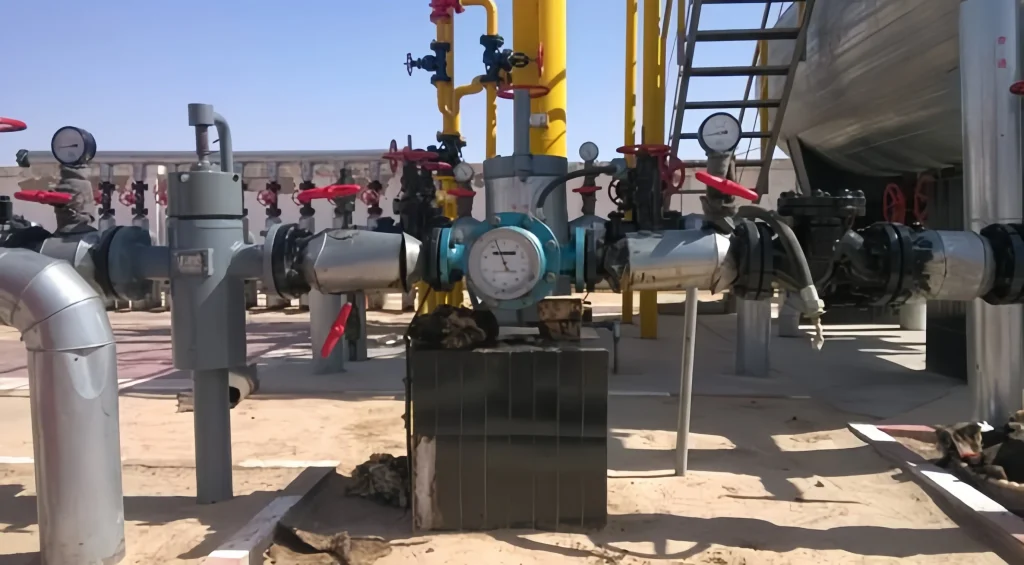
Types and Characteristics of Heating Oil
According to the different chemical compositions, Heating oil can be divided into the following types:
1. Mineral oil-based heat transfer oil
Mineral oil-based heat transfer oil is a heat transfer medium made from refined petroleum.
They are relatively inexpensive and have good thermal stability and oxidation resistance, suitable for medium and low-temperature ranges (generally not exceeding 300°C).
2. Synthetic heat transfer oil
Synthetic heat transfer oil is made of artificially synthesized compounds and has higher thermal stability and lower viscosity change rate.
It can work at higher temperatures (usually up to 400°C and above), and has better oxidation resistance and longer service life.
3. Silicone oil-based heat transfer oil
Silicone oil-based heat transfer oil is a siloxane-based heat transfer medium that can work at extremely high temperatures (up to 450°C and above).
It is usually used in special applications that require extremely high-temperature stability.
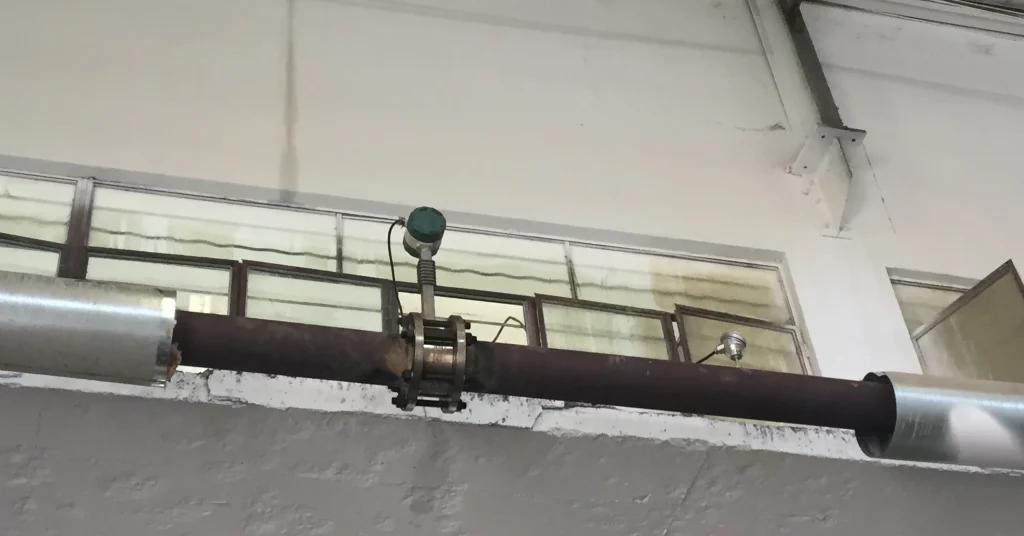
Difficulties in Measuring Heating Oil Flow
Oil flow is typically measured using flow meters, devices designed to measure the flow rate of a liquid or gas through a pipe.
But measuring hot oils presents many challenges, including:
Fluid Homogeneity
For nanofluids (NFS), creating a homogeneous mixture can be challenging.
Flow and Temperature Control
Tightly controlling the flow and temperature conditions of an experiment can be difficult.
Heat Transport Mechanisms
Analyzing the heat transport mechanisms in NFS can be challenging.
Fluid Lifetime
The actual fluid life experienced in practice can be affected by how the process is operated. For example, frequent power interruptions can shorten fluid life.
Laboratory Data
Laboratory data only provides a snapshot of fluid conditions. To obtain a complete system analysis, the data must be put into a time perspective along with the operating history.
How to Measure Heating Oil Flow?
Oil flow is typically measured using flow meters designed to measure the flow rate of a liquid or gas through a pipe. They can be customized for high temperatures, very low temperatures, high pressures, and more.
There are several types of heated oil flow meters to choose from, each with its own advantages and disadvantages. Some of the most common types include:
♦ Positive displacement flow meters
The maximum temperature tolerance of positive displacement flow meters typically ranges from 176°F (80°C) for standard models to 400°F (204°C) for specialized high-temperature designs.
These meters measure flow by dividing the oil into small fixed volumes and counting the number of partitions that pass through the meter. They are very accurate and can handle a wide range of flow rates, but may require higher maintenance requirements due to their mechanical nature.
♦ Turbine flow meters
Turbine flow meters have an operating temperature range of -200 to 450°C (-328 to 840°F). Turbine meters measure flow by using a spinning rotor that produces a frequency proportional to the flow rate.
They offer high accuracy and fast response times but can be sensitive to changes in fluid viscosity and require periodic calibration.
♦ Vortex flow Meters
We all know that vortex flowmeter is mainly used for steam and gas flow measurement. In fact, a vortex flowmeter is also a good choice for thermal oil measurement because it can be customized to 250℃, 320℃, and even higher temperatures.
♦ Ultrasonic flow meters
Ultrasonic flow meters can measure all liquid, homogeneous, and low-solid media. The media temperature can be between -30 °C and + 160 °C.
Ultrasonic meters use sound waves to measure the flow of heating oils. They are non-invasive, highly accurate, and require low maintenance, but can be more expensive than other options.
♦ Coriolis flow meters
The maximum temperature resistance of a typical Coriolis flow meter is about 350°C (662°F). However, the standard operating range is usually between -240°C and 200°C (-400°F and 400°F).
These meters measure mass flow by detecting the Coriolis effect on a vibrating tube. They are very accurate and can measure mass flow and density, but can be more expensive and complex to install.
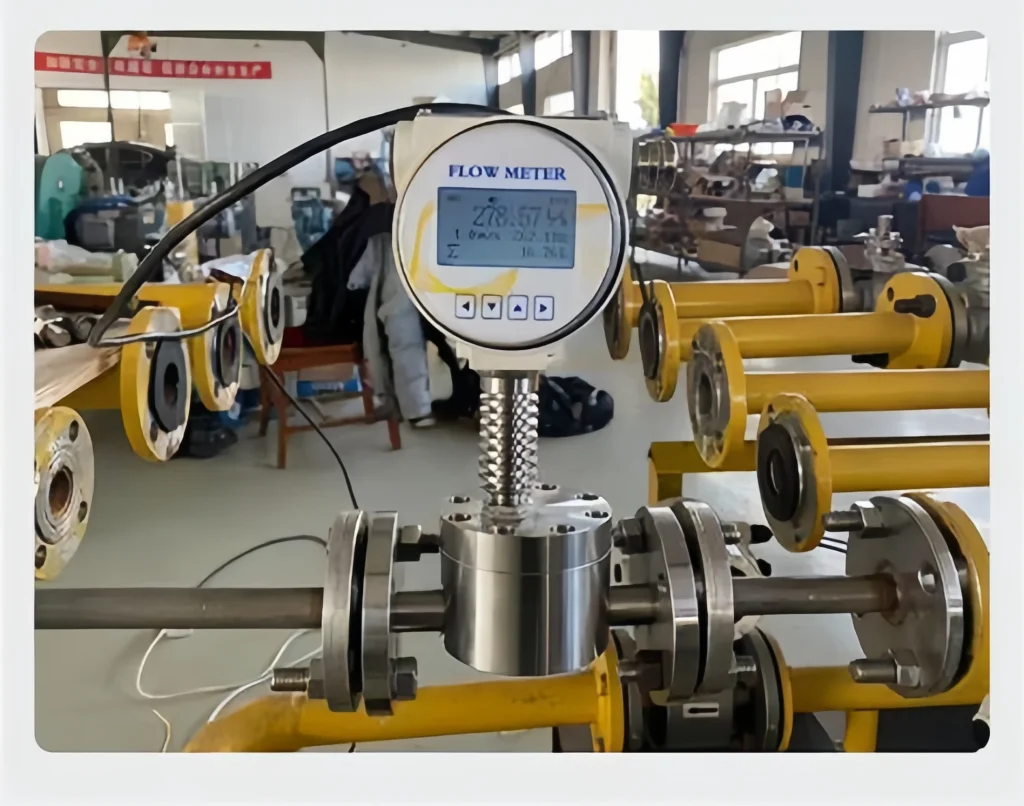
How to Choose a Heating Oil Flow Meter?
These include the type of oil being measured, the accuracy required, the flow range, installation requirements, and budget constraints. It is essential to consult with a knowledgeable supplier or engineer who can guide you through the selection process.
Type of Oil
The type of oil you are measuring (e.g., heating oil, biodiesel, or diesel) will affect the performance of the meter.
Flow Rate
The flow meter should be able to handle the flow range you expect to encounter.
Accuracy
The level of accuracy required depends on your application. For example, energy production may require higher accuracy.
Operating Conditions
The meter should be able to withstand the temperature, pressure, and environmental conditions of the system.
Installation and Maintenance
Consider how easy it is to install, calibrate, and maintain the meter.
There are also requirements for the straight pipe sections before and after the flow meter is installed.
Cost
Consider initial cost, ongoing maintenance costs, and potential cost savings.
Repeatability
The meter should be able to produce the same results or readings under the same conditions.
You can also consult with a knowledgeable supplier or engineer to help guide you through the selection process.
In summary, choosing the best oil flow meter for your application requires careful consideration of a variety of factors. Accurate heating oil flow measurement is essential to optimizing efficiency, controlling costs, and ensuring the smooth operation of machinery in industries such as manufacturing, oil and gas, power generation, and transportation.
Sino-Inst manufactures and supplies different types of heating oil flow meters. We provide customized solutions for users in various industries. If you encounter any difficulties, please contact us today to learn more about oil flow meters and find the perfect solution for your specific needs.


